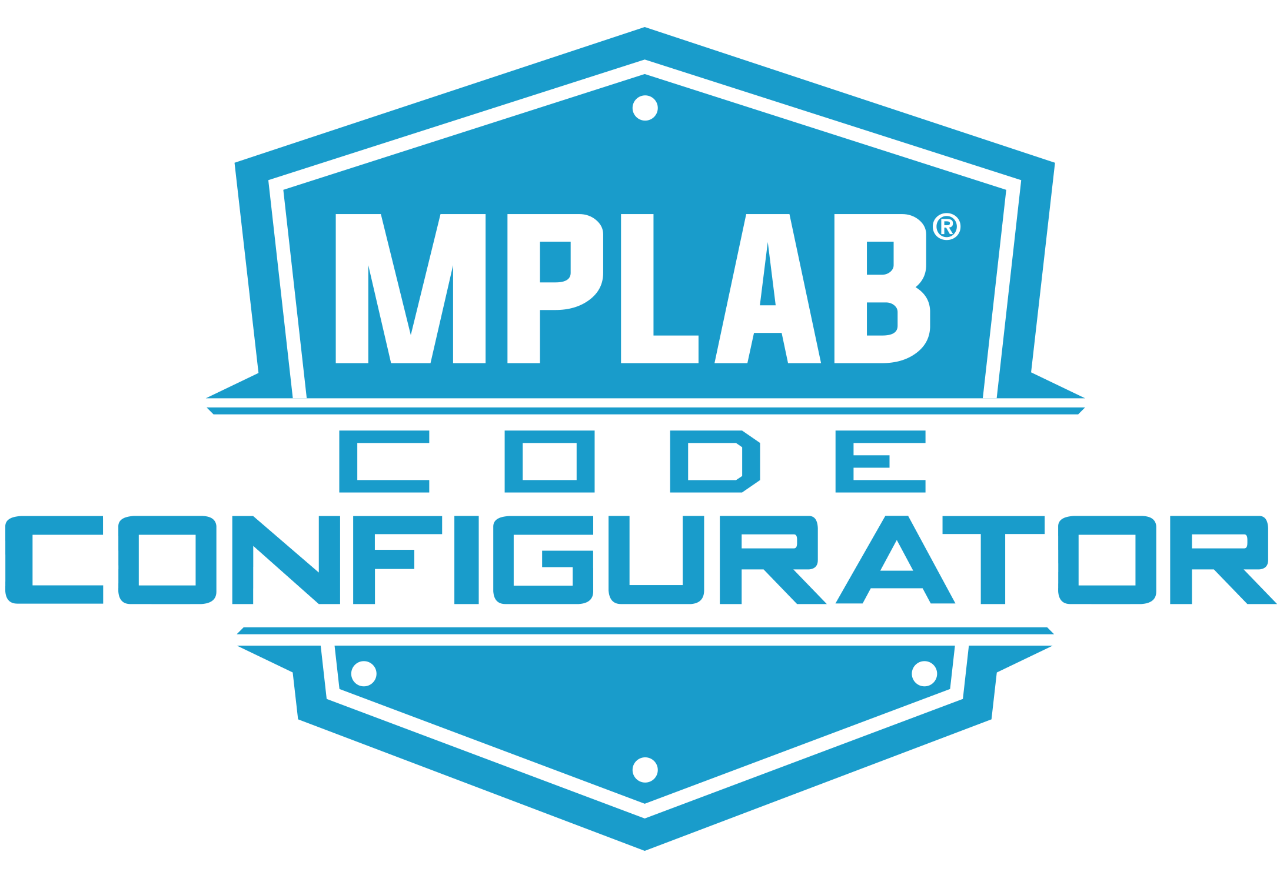Integrated Peripherals
Our dsPIC33 Digital Signal Controllers (DSCs) include a robust set of integrated peripherals for high-performance embedded, advanced sensing and control, motor control, digital power conversion, touch, security and functional-safety-critical applications in automotive, industrial control, consumer and medical markets. This high level of integration helps reduce design cost and time, which allows you to customize and differentiate your end products.
The dsPIC33 family of DSCs offers key communication and control peripherals like USB, SPI, UART, CAN 2.0, CAN FD, I2C, LIN, SENT, high-resolution Switched-Mode Power Supply (SMPS)/Motor Control (MC) Pulse-Width Modulators (PWMs) and timers. With these integrated, precision analog peripherals, you can integrate analog functions such as high-performance Analog-to-Digital Converters (ADCs), Digital-to-Analog Converters (DACs), operational amplifiers (op amps) and Programmable Gain Amplifiers (PGAs) into your applications.
Core Independent Peripherals
Our Core Independent Peripherals (CIPs) are designed to handle their tasks with no supervision from the CPU, offload the core to accomplish other tasks or operate in sleep or other low-power modes to save energy. In addition, CIPs such as the Configurable Logic Cell (CLC) and Peripheral Trigger Generator (PTG) enable higher levels of integration and flexibility.
MPLAB® Code Configurator (MCC) accelerates your development time by providing a quick and intuitive way to set up system parameters, peripheral drivers and pin assignments. The combination of a robust set of peripherals and an extensive development environment simplifies your implementation of complex control systems and gives you the flexibility to innovate.

Waveform Control
PWM drive and waveform generation with high-performance ADCs for light control loops needed in digital power conversion and LED or HID lighting applications
Wired Communication
Support for a wide range of communication protocols
Safety and Monitoring
Hardware monitoring and fault detection with enhanced robustness and noise immunity with 5V operation support for temperatures up to 150ºC
Integrated Analog
Sensor interfacing and signal conditioning: high-precision analog peripherals for simplified design
Need Help?
Privacy PolicyClocks and Timers
Signal measurement with timing and counter control
Security
Advanced firmware security capabilities to share resources securely and implement security in your designs
System Flexibility
These peripherals minimize layout complexity and CPU intervention
Microchip University: dsPIC33C Peripheral Deep Dive
This class presents deep-dive information on the architecture, set up, demonstration and pitfalls of the most common dsPIC33C peripherals.
